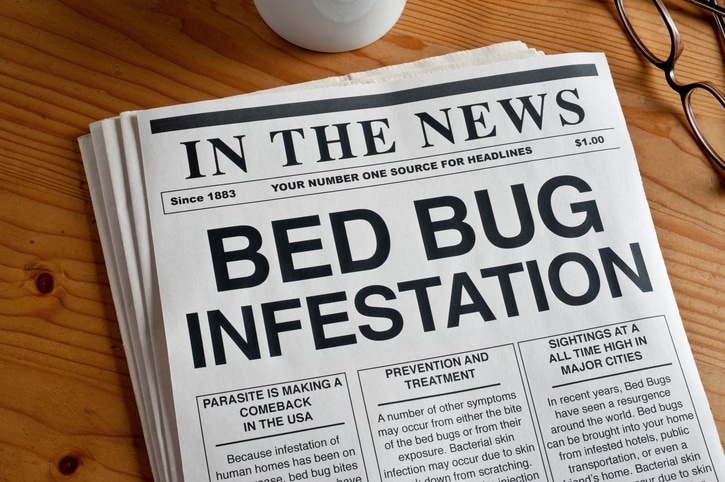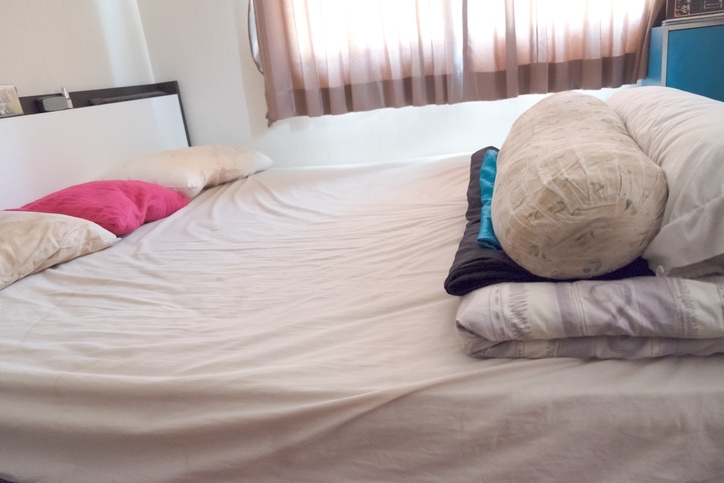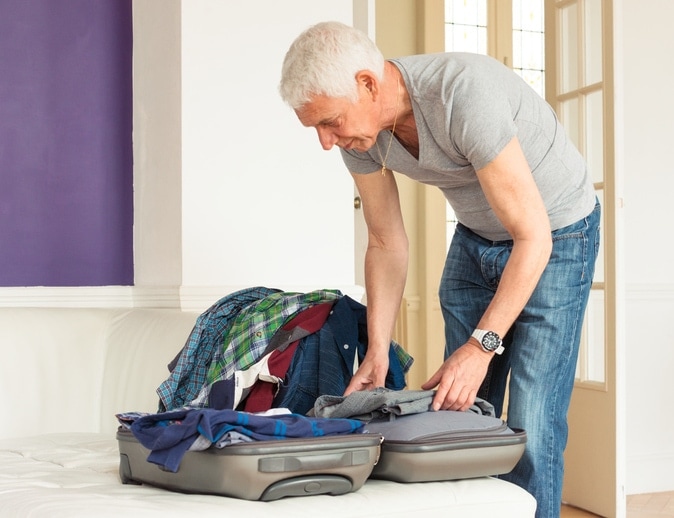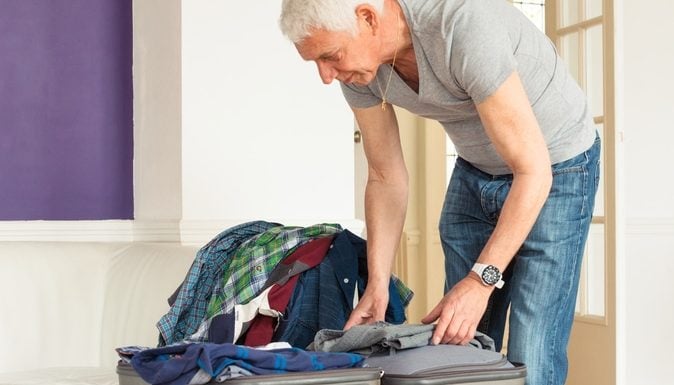Bed bug infestations in Toronto have steadily been on the rise over the past two decades. Although they were almost completely eradicated from North America in the 1950’s due to the introduction of DEET, bed bugs have become more prevalent over recent years and now they are proving to be even more difficult to get rid of.
The new bed bug resurgence problem in North America is due to a combination of several factors. Most prevalent of all, however, is due to travel being so easily accessible and common these days. This results in many people bringing bed bugs back home from their trips without even realizing it.

Since bed bugs are very commonly found in hotel rooms and hostels, coming in contact with them in one of these areas could easily lead to one or more of them attaching to your clothing or luggage. This is one of the most common ways that bed bugs travel between locations and eventually infest new homes.
Since hotel rooms are one of the most common places that bed bugs attach to new hosts, we at Bed Bug Exterminator Pro decided to put together this informative article to help people reduce their chance of coming in contact with bed bugs while travelling.
We have found a handy acronym, conveniently named S.L.E.E.P, which describes specific steps you can take to minimize your chance of bringing bed bugs back home.
Survey all surfaces
The first thing you should do when entering a hotel room, hostel or any other form of short term accommodation is look for signs of an infestation on surfaces commonly affected by an infestation.
The most common signs of an infestation is tiny brown feces stains or red blood stains on bed sheets, mattresses and bed skirts. If you find any of the common bed bug infestation signs in your hotel room take all of your stuff out of the room immediately and ask to be located to a new room or look for a new hotel.
Lift to look for common hiding spots
Bed bugs mainly feed at night while their hosts are asleep, but they usually tend to hide in common areas that are usually within a few feet of the bed during the day. These common hiding spots usually include under your mattress seams, in the headboards, bed frames and under other pieces of furniture.

Simply lift up anything covering these areas and look for live bed bugs. If you see any live bed bugs there are surely many more hiding nearby and you should vacate the room immediately.
Elevate your luggage
Even if you survey all surfaces and look for all bed bug hiding spots with no signs of an infestation, bed bugs are known to be elusive creatures so there is still a slight chance that some bed bugs are around.
To further ensure that no bed bugs hitch a ride back to your home with you one of the best things you can do is make it difficult for them to latch on to your belongings. One great way of doing this is to elevate your luggage on some sort of rack away from the wall, and preferrably as far as possible from your bed.
Another trick, although it may sound weird, is to leave your luggage in the bathroom of your hotel room as this is the least likely place that bed bugs would hide.
Examine your luggage before leaving
When you are ready to leave your room and go back home or to a new destination, carefully examine your luggage and all the belongings inside to ensure no bed bugs managed to find their way inside. Look in the seams of the luggage and in between articles of clothing as thoroughly as possible.

Place all your clothing in a dryer
Although bed bugs are highly resistant creatures, one thing they can not withstand is high temperatures. To complete the S.L.E.E.P. process, place all of your clothing into a dryer on high heat for at least 20 minutes when you return home. Doing this will kill any bed bugs that managed to sneak their way into your home.



